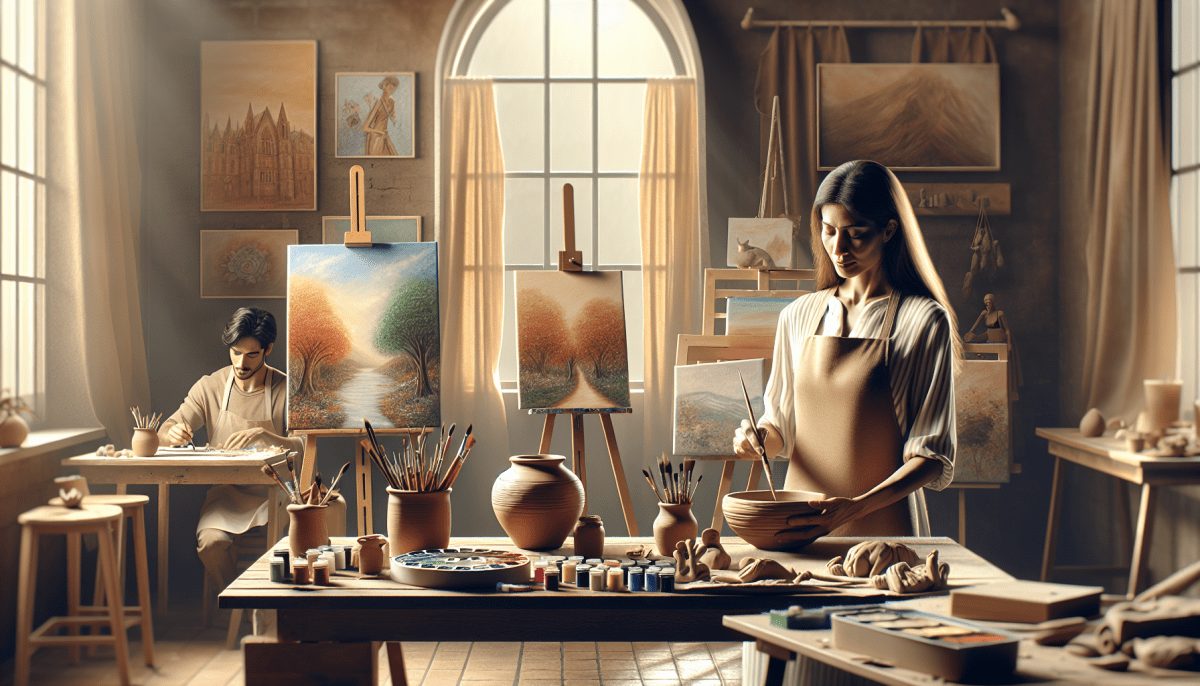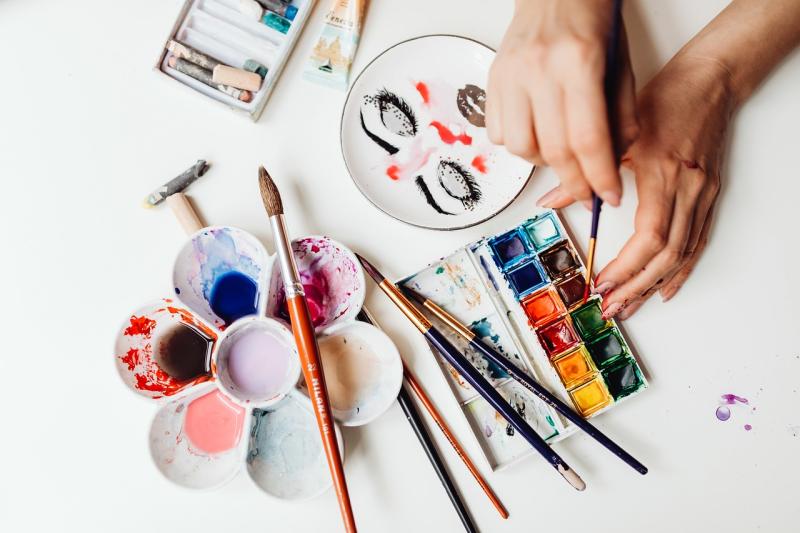Art therapy is a beautiful journey that allows individuals to explore their emotions and express themselves creatively. It opens up a world of possibilities where paint, clay, and other materials become tools for healing. Instead of focusing solely on words, art therapy encourages people to communicate their thoughts and feelings in a visual format. This can lead to deeper self-understanding and emotional release.
One of the most significant benefits of art therapy is its ability to reduce anxiety and stress. Engaging in artistic activities can stimulate the brain's relaxation response, providing a calming effect. As individuals immerse themselves in the creative process, they often find a sense of peace, helping to alleviate the pressures of daily life. The act of creating can serve as a distraction, allowing individuals to step away from their worries and focus on the present moment.
Furthermore, art therapy fosters connection, whether with oneself or with others. It can be a solitary practice that allows for personal reflection, or it can be shared in a group setting, promoting social interaction and support. Through collaboration, participants can learn from each other, share their experiences, and build a sense of community. This connection is vital for emotional healing, as it reminds individuals that they are not alone in their struggles.
Ultimately, art therapy empowers individuals to reclaim their narratives. It gives them the freedom to explore their feelings and experiences without judgment. Each brushstroke or clay shape tells a story, allowing individuals to communicate what they might struggle to articulate in words. This powerful form of expression can lead to profound insights and help facilitate healing in ways that traditional therapies may not reach.
Enhance Emotional Well-Being
Creating art encourages mindfulness, a practice that allows individuals to be present in the moment. Whether it’s painting, drawing, or sculpting, focusing on the creative process can serve as a form of meditation. This shift in focus not only calms the mind but also promotes a sense of inner peace and stability.
Moreover, art therapy fosters a sense of accomplishment and boosts self-esteem. Completing a piece of art, regardless of its technical skill, gives a sense of achievement. This newfound confidence can ripple into other areas of life, encouraging individuals to take on challenges and embrace their uniqueness.
Lastly, sharing art with others can deepen connections and build supportive relationships. Whether in a group setting or through online communities, displaying one's artwork can invite conversation and understanding. This exchange not only validates feelings but also fosters a sense of belonging, further enhancing emotional resilience.
Foster Creativity and Connection
Moreover, art therapy creates opportunities for connection with others. Group sessions can build a sense of community, where participants share their artwork and stories. This sharing cultivates empathy and support, as individuals discover they are not alone in their struggles. When we see others express their vulnerabilities through art, it can inspire us to do the same, fostering a safe environment for healing.
Incorporating various art forms—such as painting, music, or writing—opens multiple avenues for exploring creativity. For some, the flow of paint on canvas can be liberating, while for others, the rhythm of music can evoke powerful emotions. Regardless of the medium, the act of creating together nurtures bonds among participants, forging connections that can last well beyond the therapy sessions.
Explore Healing Techniques Through Art
Art therapy is a unique approach that harnesses the power of creativity to promote healing and well-being. By encouraging individuals to express themselves through various art forms, from painting to sculpture, this therapeutic method helps unlock emotions that might be difficult to articulate with words. Through the act of creating, individuals can explore their feelings, reduce anxiety, and find a sense of calm in their everyday lives.
One of the primary benefits of art therapy is its ability to engage people at any age or skill level. Whether someone is a seasoned artist or has never picked up a brush, the focus is on the process of creation rather than the final product. This inclusive approach fosters a safe space for self-discovery and personal growth. Participants often find that engaging in artistic activities allows them to connect with their inner selves and express thoughts or experiences that they may otherwise keep hidden.
Different art techniques can cater to various therapeutic needs. For instance, painting can serve as a powerful outlet for expressing emotions, while collage-making might help individuals process memories and experiences. Clay modeling encourages tactile engagement and has been shown to reduce stress levels. By exploring multiple mediums, participants can discover which forms of expression resonate with them, thereby creating a personalized healing experience.
Ultimately, art therapy invites individuals to explore the depths of their emotions in a creative and constructive manner. This journey not only promotes emotional release but also cultivates self-awareness and self-acceptance. By integrating healing techniques through art into their lives, individuals often find themselves on a path toward greater mental and emotional health, making each brushstroke or crafted piece a step towards holistic well-being.



